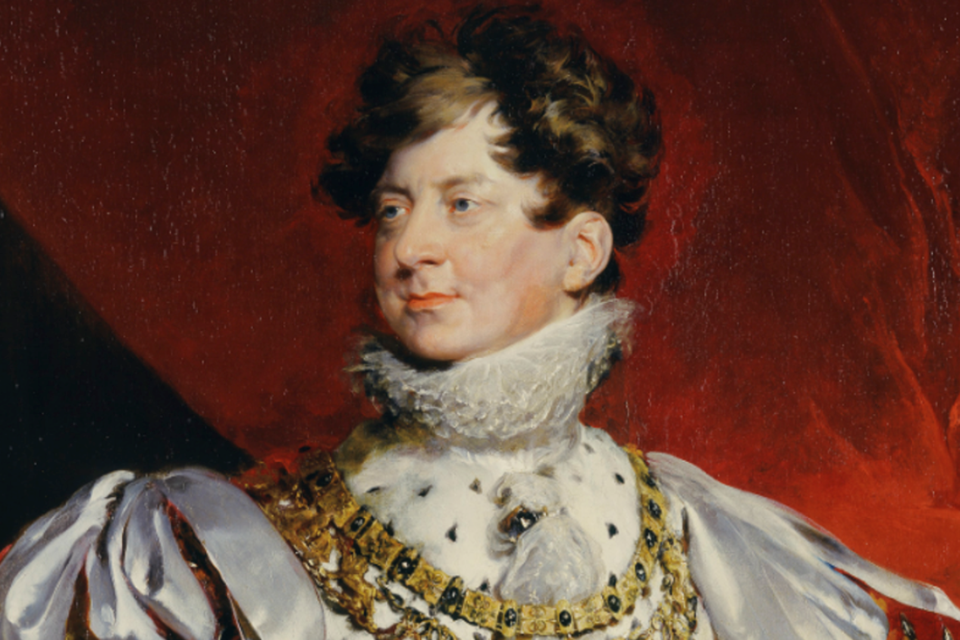“What’s in a name?” asks Shakespeare’s Juliet. In the case of Guelph, the Royal City, perhaps something more than that of which the community’s historians (this one included) have been aware.
Of course, Guelph isn’t the only Canadian city whose name has royal connections. As outlined in an article I wrote several years ago (and which will be among those re-published in my forthcoming book Guelph Stories) Guelph was the name of the British Royal Family from the time of King George I until the reign of Queen Victoria. Hence, the nickname The Royal City.
New Westminster, British Columbia, has also called itself The Royal City. Regina and Toronto have both called themselves The Queen City; and several communities, such as Fredericton and Charlottetown, are named after Royal Family members – respectively King George III’s brother and the king’s queen consort.
But the name Guelph has yet another regal association, one that none of those other cities can claim. It lies in the august name of The Royal Guelphic Order, a title that just oozes monarchical airs and inspires images of majestic processions, heraldic banners and glittering medals on gaudily uniformed chests.
The Royal Guelphic Order was founded in 1815 as an order of chivalry by George, The Prince of Wales – later King George IV. At the time, George was also the Prince Regent of Great Britain, carrying out the monarchical duties of his father, George III, who had lost his royal mind and had been declared unfit for the job of being king.
The younger George had the reputation of being a self-indulgent boor, and was never very popular, either as prince or king. Even his wife, Princess Caroline of Brunswick, didn’t like him – a situation that happened a lot with arranged royal marriages.
Nonetheless, Prince George had a flair for fashion and was a patron of the arts and culture, which meant he did have a following among like-minded aristocrats. Through him, the name “Regency” was given to an era and an artistic style.
Prince George’s family, the Guelphs, were connected to the House of Hanover and so ruled the German principality of Hanover, birthplace of King George I, the original of Britain’s Royal Georges.
When Prince George founded his new order, it was sometimes called the Hanoverian Guelphic Order, which gave it something of an exotic appeal. However, even though it was seen in Britain as a foreign order, it was still acceptable to Britons because the Guelphs occupied the British throne.
On its own, it didn’t entitle British members to style themselves “sir,” but many who were “sirs” were happy to include the Royal Guelphic Order in their collection of honours. It was, after all, a prestigious princely award that came with a medal that looked pretty spiffy with all those other decorations.
The Royal Guelphic Order had military and civil divisions, with several different classes from Knight of the Grand Cross going in descending order of seniority to the Cross of Merit. The basic design of the badge was based on a white horse that was the heraldic symbol of Hanover. Badges for different classifications were made of gold or silver and had variations of crosses, swords, stars, chains and sashes.
For lowly plebians who were not eligible for the actual Royal Guelphic Order, there were gold and silver medals that bore the image of Prince George. The order’s motto was Nec Aspera Terrent (Not Afraid of Difficulties).
Among the first recipients of the Royal Guelphic Order were, of course, Prince George’s brothers, including Prince Edward Augustus (the father of Queen Victoria), Prince William (later King William IV) and Prince Ernest Augustus (later King Ernst Augustus of Hanover).
Others who received the order were Arthur Wellesley, the Duke of Wellington (who defeated Napoleon at the Battle of Waterloo, and for whom the town of Arthur, Ontario, is named); Arctic explorer Sir John Franklin; Gen. Sir Augustus De Butts of the Royal Engineers (who distinguished himself while serving under Lord Nelson and was no relation to me), two men who served as Lieutenant Governor of Upper Canada: Sir Francis Bond Head and Sir George Arthur; and Prince Albert Edward (later King Edward VII).
Great Britain and Hanover stopped sharing a common monarch in 1837 when Princess Victoria ascended to the throne and was crowned queen. The laws of Hanover did not allow a woman to wear the crown there, so it went to her uncle Ernest Augustus (who might have become king of Great Britain if Victoria hadn’t been born).
However, Britons remained eligible for the Royal Guelphic Order until Hanover was annexed by the Kingdom of Prussia in 1866. Hanover is now part of Germany.
The Royal Guelphic Order still exists. Its current Chancellor is Ernst August von Hannover (born in 1954), hereditary Prince of Hanover and Head of the House of Hanover. He is married to Princess Caroline of Monaco, is related by blood or marriage to today’s crowned heads of Europe, including the British Royal Family, and has dual citizenship, German and British. His father, Prince Ernest Augustus (1914-1987), secured his right to a British passport by using the name Guelph – in addition to the title “His Royal Highness.”
The current Prince Ernst was educated in England and – fittingly – at the University of Guelph.



